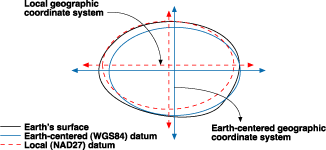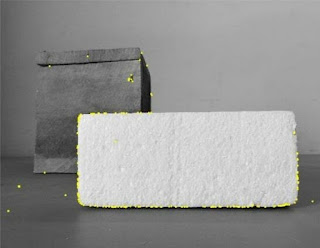Supervised Classification Using Thresholded Neuron
Introduction
In supervised classification using a threshold Neuron the inputs are assumed to have a fixed weights, so it does not learn, and the classification is made by the designer of the model. The threshold is chosen depending on the net input function (U) values.
Objectives
Understand the concepts of supervised classifications using single threshold and linear learning approach, and building a classifier via training.
Methodology
Using MATLAB code to compute linear model using given training data. then manually picking a threshold value that has been used to classify the data.
Figure 1 MATLAB code to compute and plot.
The data are plotted in scatter manner to show its distribution. Then the decision line is obtained from the line equation of a slope of 1 (equal weights).
Observations/Measurements/Data sources
Using the given training data set:
Table 1 the training data
To classify the given data:
Table 2 data to be classified
Results and Analysis
The net input function values are:
Table 3 results of the net input function
The threshold can be selected from a range bounded by the maximum U value of one class, and the minimum value of the other class. as shown below, any value from the specified range is suitable for a threshold value.:
{0.8 < Threshold < 3.4}
Using a manually selected threshold of 1.5, the data-to-be-classified are classified into two classes as follows:
Table 4 classification result
Where the classification model is:
U < 1.5 t=1
U > 1.5 t=0
The distribution of the data is shown in figure 1.
Figure 2 the distribution of training data (blue circles) and data to be classified (green circles).
The equation of the decision line, for 1.5 threshold value is as follow, and the decision line and data are shown in figure 3:
x2=1.5-x1
Figure 3 the classification line, manually selected threshold of 1.5
In this learning process, the optimum location of the decision line is where every class is completely separate from the other class. which is the midpoint in the threshold range.
From a geometrical point of view, this movement is a simple shifting, no rotation was included.
This learning model is simple and fast in small number of data, but in large number of data it’s difficult to select a threshold. Equal weights simplifies the procedure, however it’s rational to think every input should have a different contribution to the solution, so it’s logical to apply different weights.
Conclusions
The classification using a single-threshold and linear approach is fast and simple, still more criteria should be applied to define more accurate classification in large and complex data.




Comments
Post a Comment